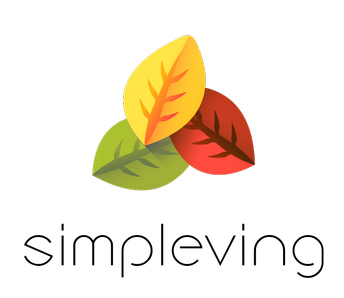Introduction
Tiny cabins have captured the imaginations of many looking for a simpler, more sustainable, and affordable way of living. Whether it’s a cozy weekend retreat or a year-round residence, creating your dream tiny cabin is an achievable goal. This guide will explore the steps to turn your dream tiny cabin into a reality.
Dreaming of Your Tiny Cabin
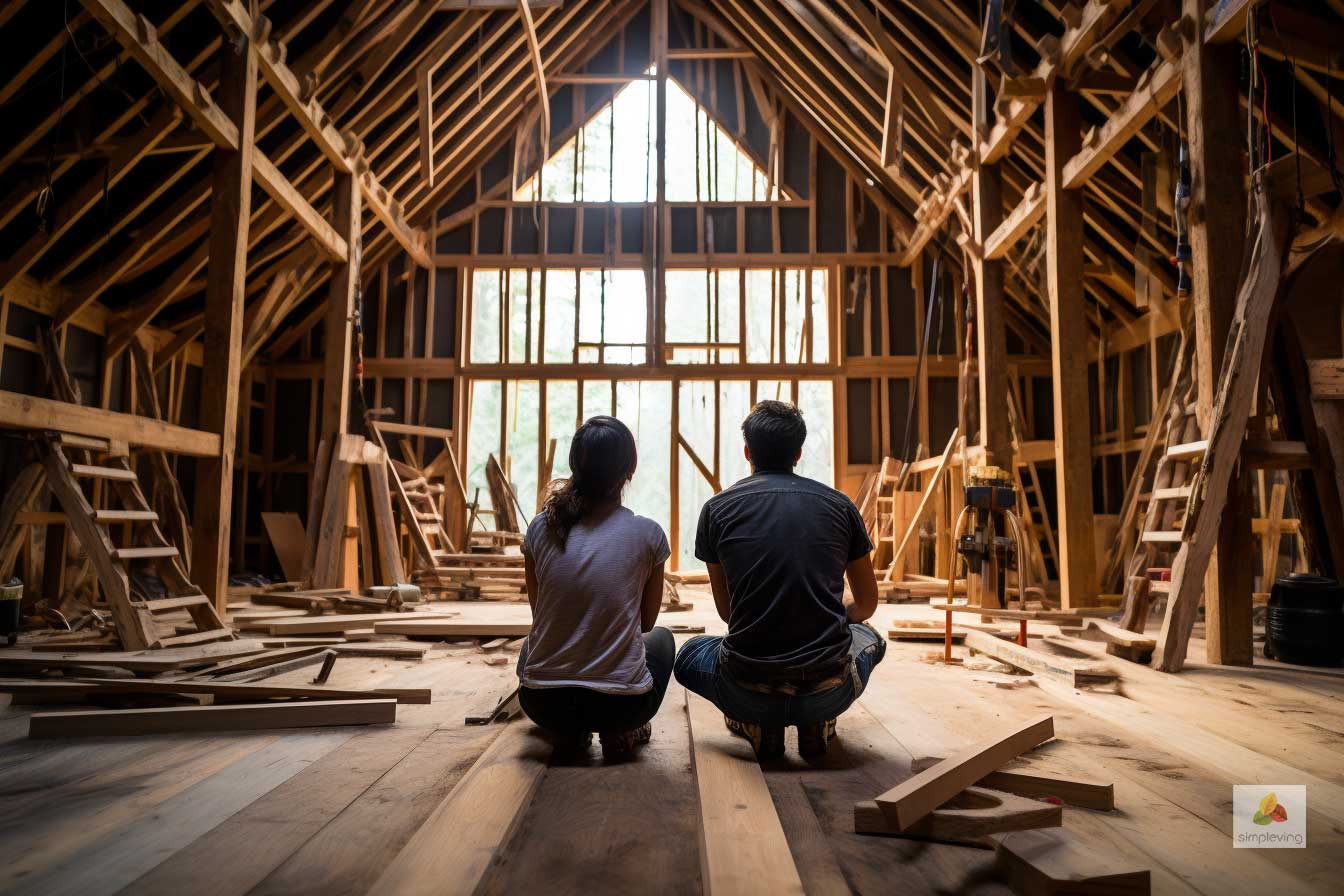
Dreaming of Your Tiny Cabin, simpleving
Tiny cabins offer a unique lifestyle that combines minimalism with comfort. Before diving into the logistics, take some time to envision your dream tiny cabin. Imagine the surroundings, the layout, and the tranquility it brings. Tiny cabins provide a sense of freedom and a chance to live closer to nature.
The benefits of tiny cabin living are numerous, from reduced environmental impact to lower expenses. With a smaller space to maintain, you have more time and resources to focus on what truly matters to you.
Planning Your Tiny Cabin Project
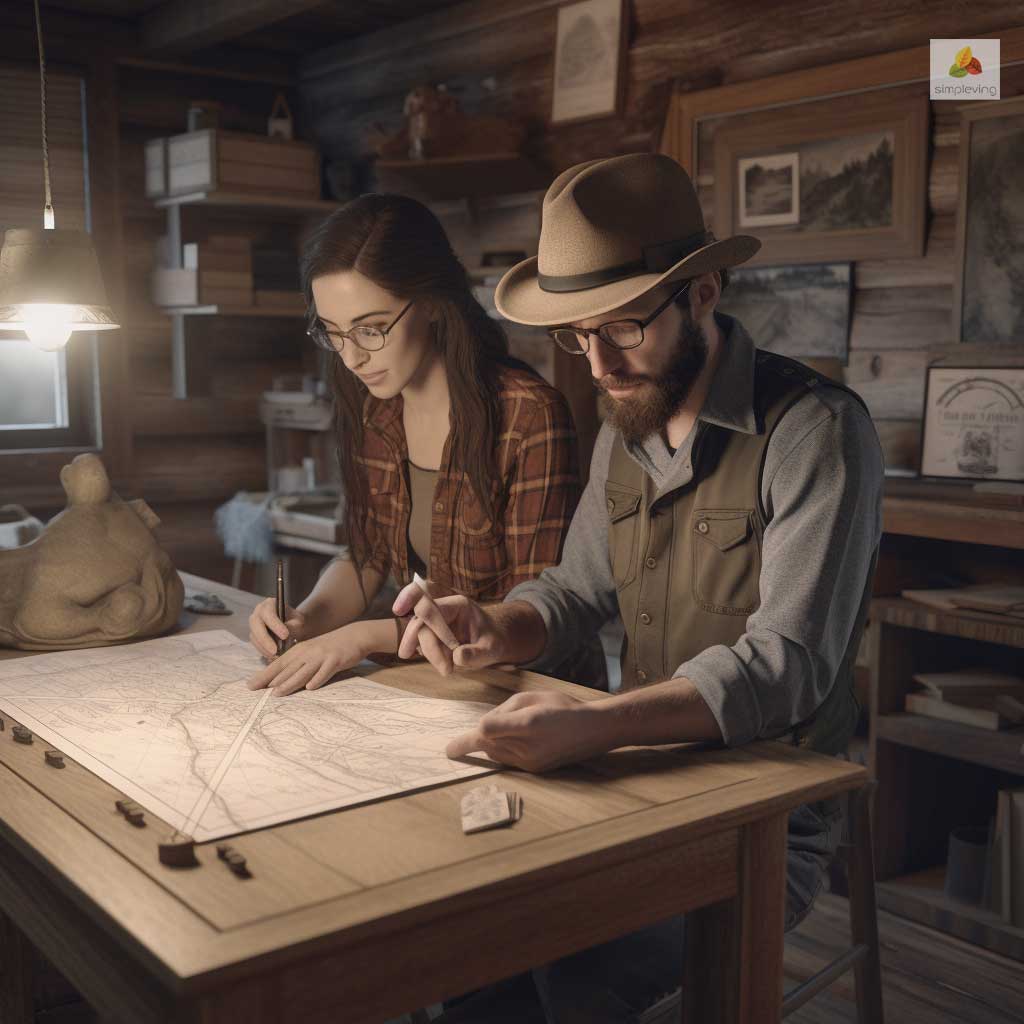
Planning Your Tiny Cabin Project
Once you’ve envisioned your dream tiny cabin, it’s time to plan. A well-thought-out plan is crucial for the success of your project. Consider the following factors during the planning phase:
- Purpose: Determine the primary purpose of your tiny cabin, whether it’s a vacation getaway, a home office, or a permanent residence.
- Budget: Establish a realistic budget that covers all aspects of your tiny cabin, from construction to ongoing maintenance.
- Regulations: Research local zoning laws and building codes to ensure your project complies with regulations
- Timeline: Set a timeline for your project, including milestones and completion dates.
- Utilities: Decide if you want to go off-grid or connect to utilities like water and electricity.
Choosing the Right Location
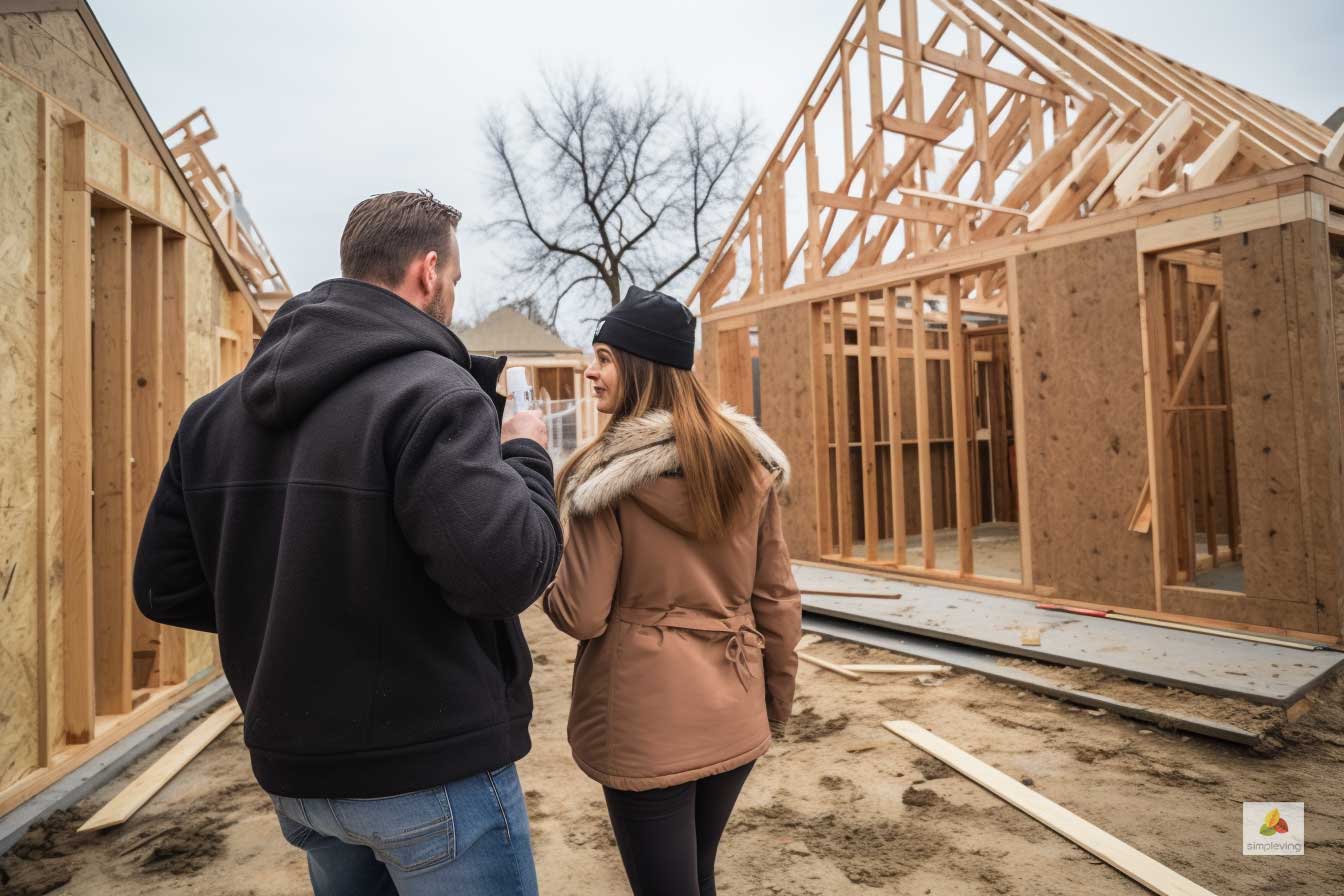
Choosing the Right Location
The location of your tiny cabin is paramount. It can greatly influence your daily life and the overall experience. Consider the following when choosing the perfect spot for your tiny cabin:
- Scenic Beauty: Look for locations with natural beauty, whether it’s by a lake, in the woods, or on a mountaintop.
- Accessibility: Ensure you can easily access your tiny cabin, especially during different seasons.
- Privacy: Consider the level of privacy you desire and the proximity to neighbors or communities.
- Environmental Impact: Be mindful of the environment; choose a location that minimizes your ecological footprint.
Designing Your Dream Tiny Cabin
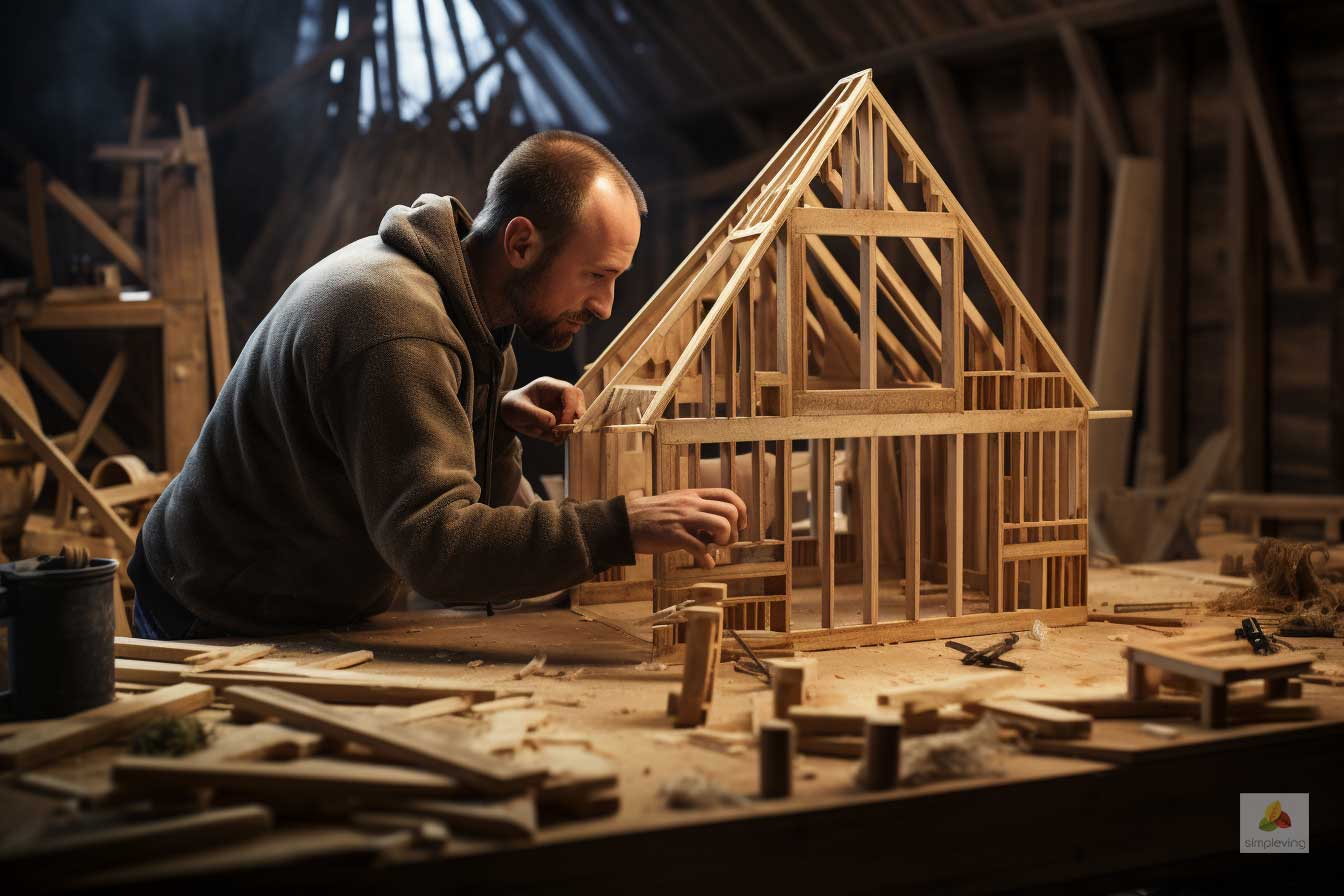
Designing Your Dream Tiny Cabin
The design of your tiny cabin is where creativity thrives. Start with the layout and style that suits your preferences. Some design considerations include:
- Open Floor Plans: Maximize space and openness with an open floor plan that combines living, dining, and kitchen areas.
- Loft Beds: Lofted sleeping areas are common in tiny cabins, providing extra floor space.
- Multi-Functional Furniture: Opt for furniture that serves multiple purposes, such as a sofa bed or a dining table with storage.
- Natural Light: Incorporate large windows and skylights to make your tiny cabin feel spacious and connected to nature.
Sourcing Materials and Supplies
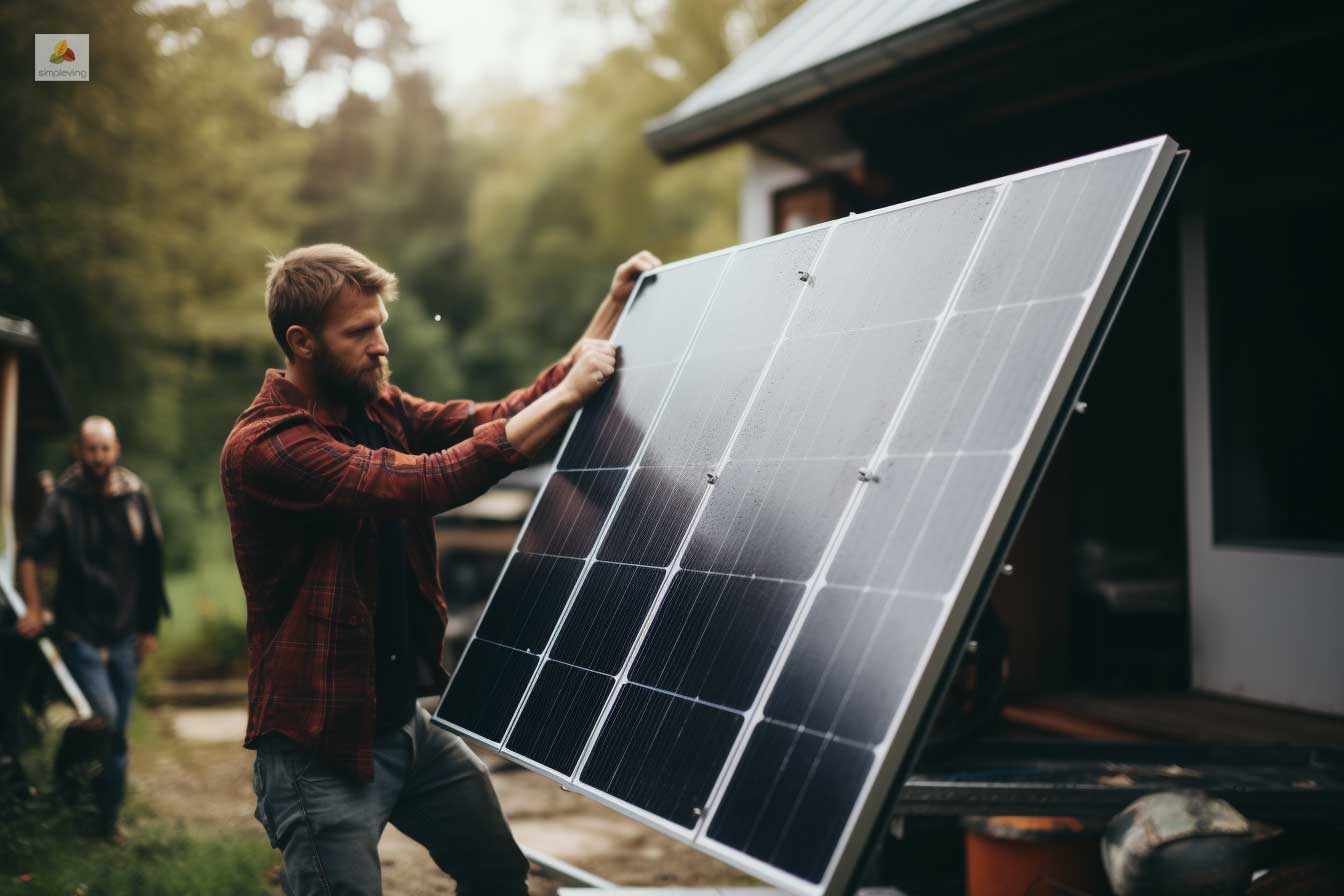
Sourcing Materials and Supplies
When it comes to materials, consider both sustainability and cost-effectiveness. Look for:
- Reclaimed Wood: Reclaimed wood adds character and reduces the demand for new lumber.
- Energy-Efficient Windows: Invest in high-quality, energy-efficient windows to optimize insulation.
- Recycled Insulation: Choose insulation materials made from recycled or natural fibers.
- Solar Panels: Consider solar panels for off-grid power solutions.
Building Your Tiny Home
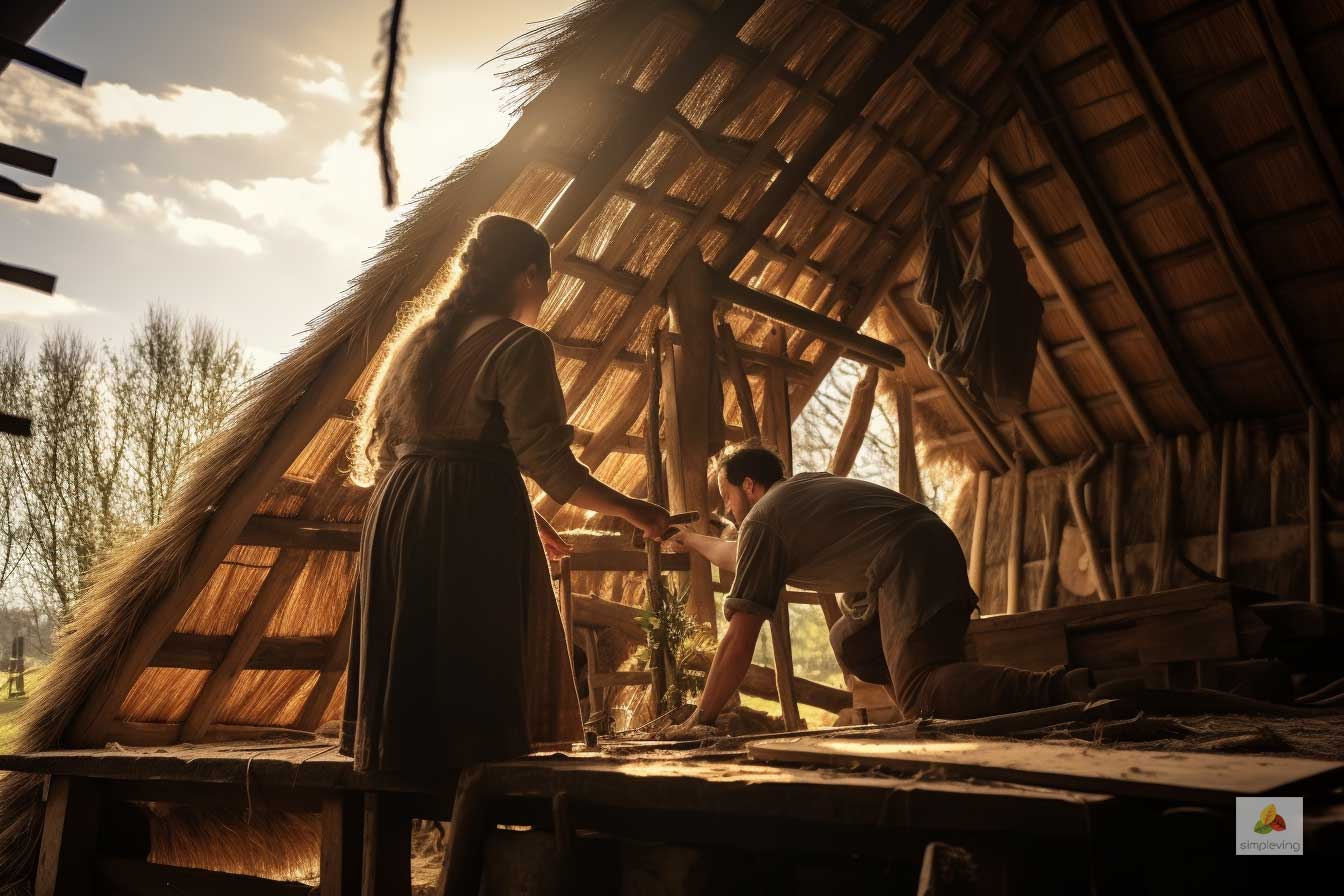
Building Your Tiny Cabin
If you’re a DIY enthusiast, building your tiny home can be a rewarding experience. Ensure safety throughout the construction process. Here’s a simplified step-by-step guide:
- Foundation: Start with a solid foundation, whether it’s a concrete slab or a raised platform.
- Frame: Build the frame of your cabin, keeping the design and layout in mind.
- Roofing and Siding: Install roofing material and siding to protect your cabin from the elements.
- Utilities: If going off-grid, install solar panels, a composting toilet, and a water collection system.
- Interior: Finish the interior with the chosen materials, furnishings, and fixtures.
- Finishing Touches: Add personal touches and décor to make your tiny cabin feel like home.
Making Your Tiny House Cozy
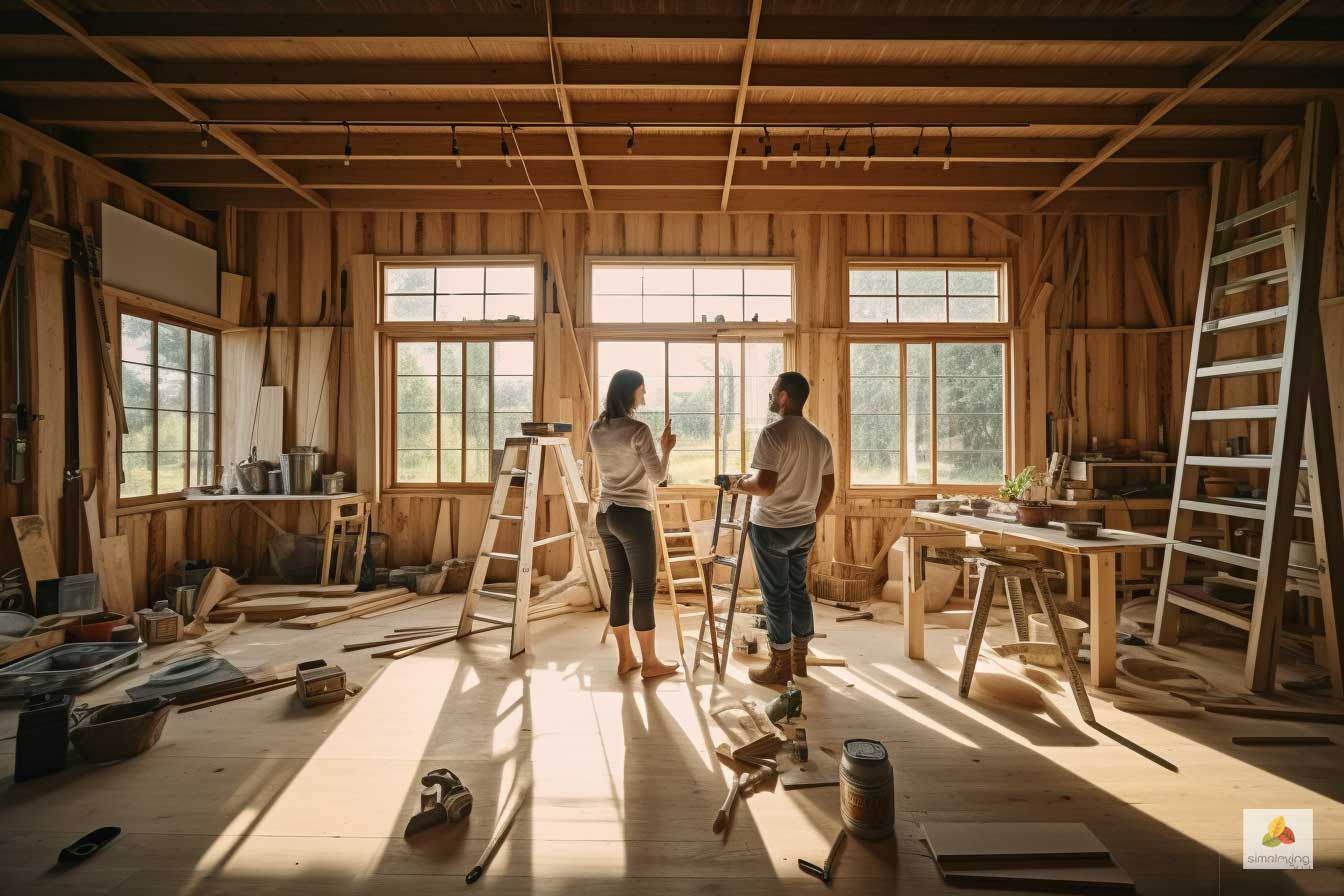
Making Your Barn House Cozy
In a tiny cabin, every inch of space matters. Make your cabin cozy and functional with these ideas:
- Storage Solutions: Use creative storage options like under-bed drawers, wall-mounted shelves, and hidden cabinets.
- Compact Appliances: Opt for smaller, energy-efficient appliances designed for tiny spaces.
- Décor: Personalize your space with art, textiles, and small decorations that reflect your style.
Off-Grid Living and Sustainability
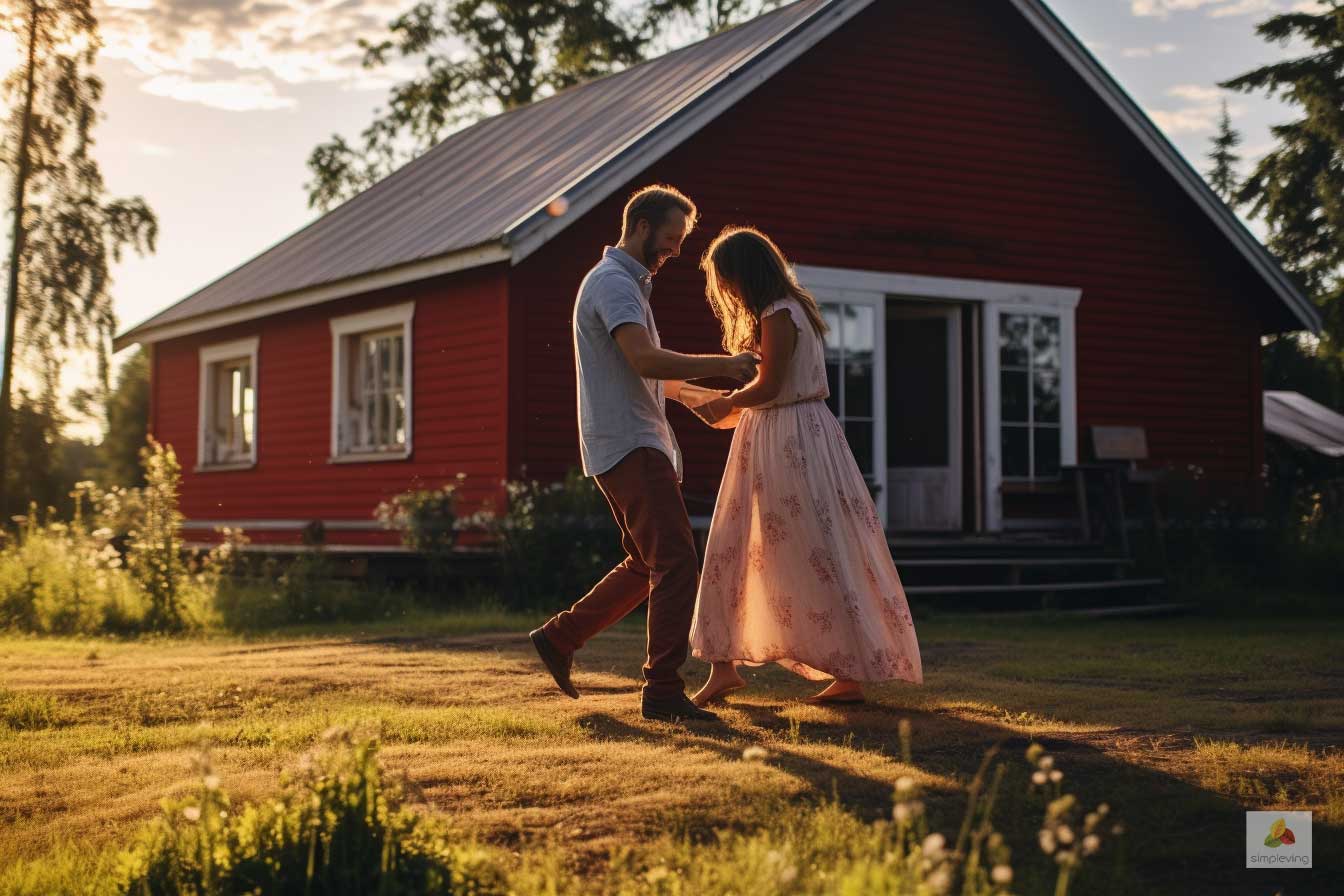
Off-Grid Living and Sustainability
Many tiny house enthusiasts embrace off-grid living for its sustainability and self-sufficiency. Here are some steps to consider:
- Solar Power: Install solar panels for electricity, reducing reliance on the grid.
- Composting Toilets: Use composting toilets to minimize water usage and waste.
- Rainwater Harvesting: Collect rainwater for various uses, including bathing and irrigation.
Budgeting and Financial Considerations
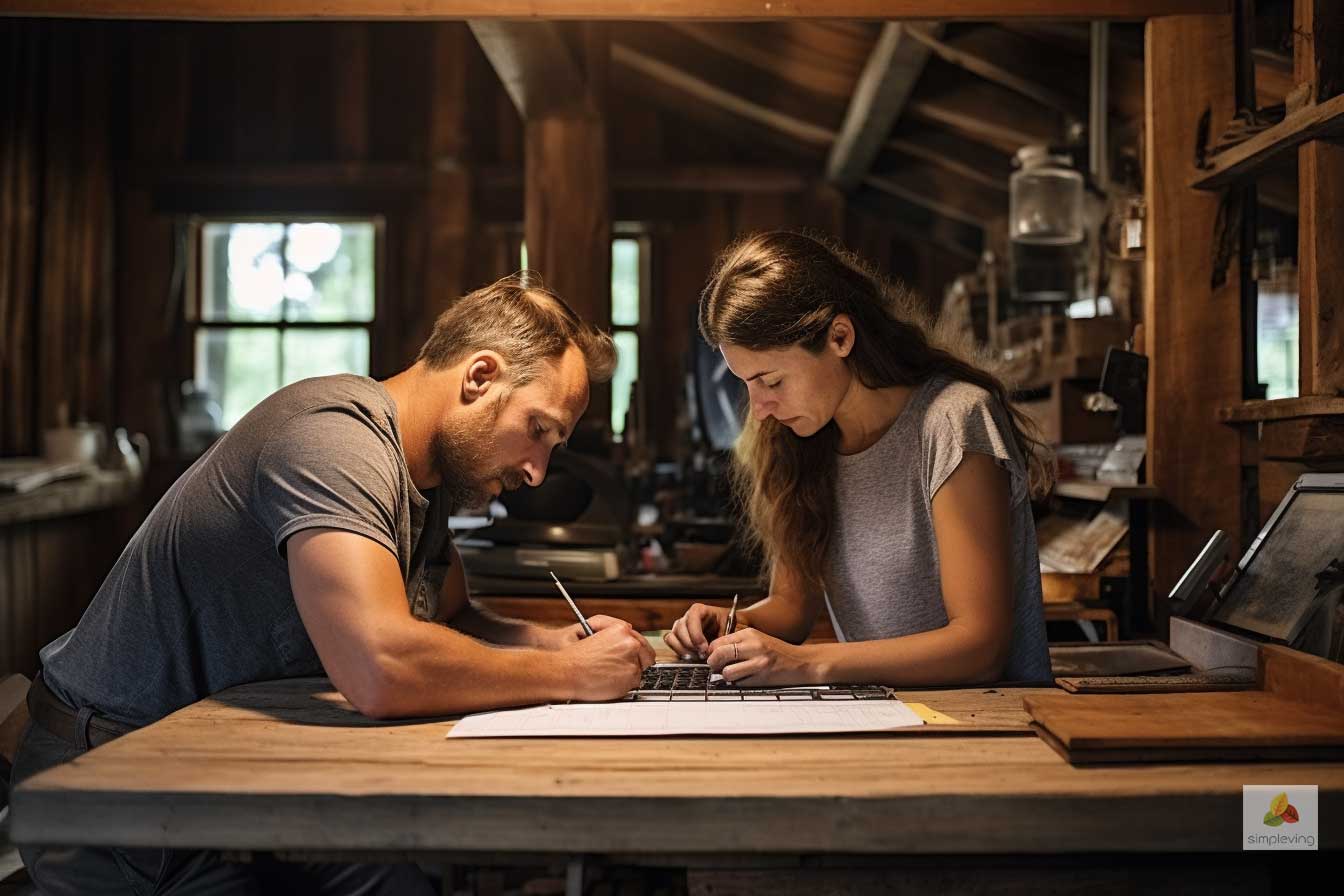
Budgeting and Financial Considerations
Tiny cabins offer a cost-effective way to own property. Consider these financial aspects:
- Construction Costs: Break down your budget to cover construction, permits, and materials.
- Ongoing Expenses: Calculate monthly costs like utilities, maintenance, and property taxes.
- Long-Term Savings: Tiny cabins often require less maintenance and have lower utility bills, contributing to long-term savings
Maintenance and Care
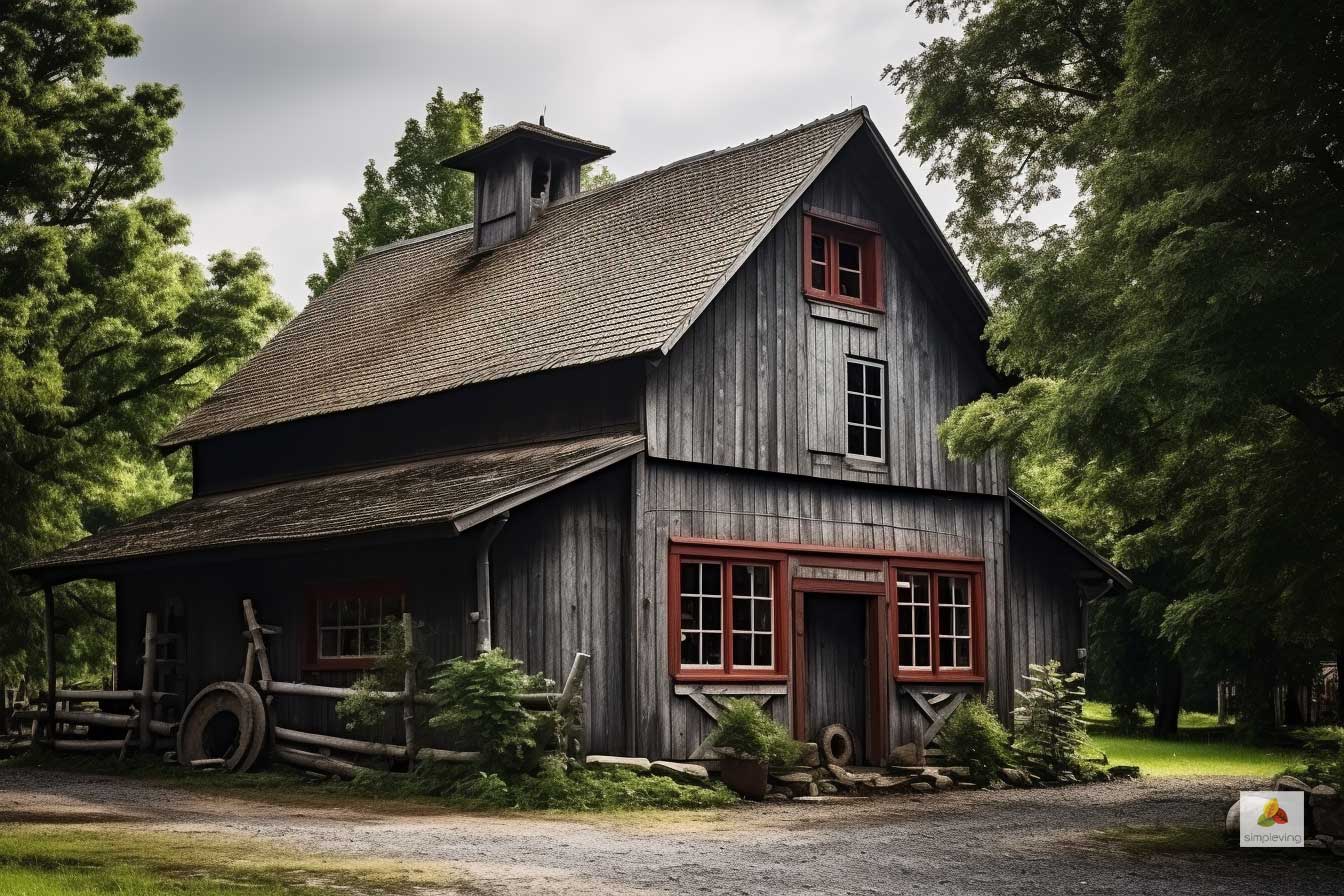
Maintenance and Care
Proper maintenance is essential for preserving your tiny cabin’s beauty and functionality. Some key maintenance tasks include:
- Regular Inspections: Conduct routine checks for any structural issues or wear and tear.
- Weatherproofing: Ensure that your cabin is weatherproofed to withstand the elements.
- Seasonal Cleaning: Clean and maintain your cabin according to the changing seasons.
Sharing Your Tiny Cabin Experience
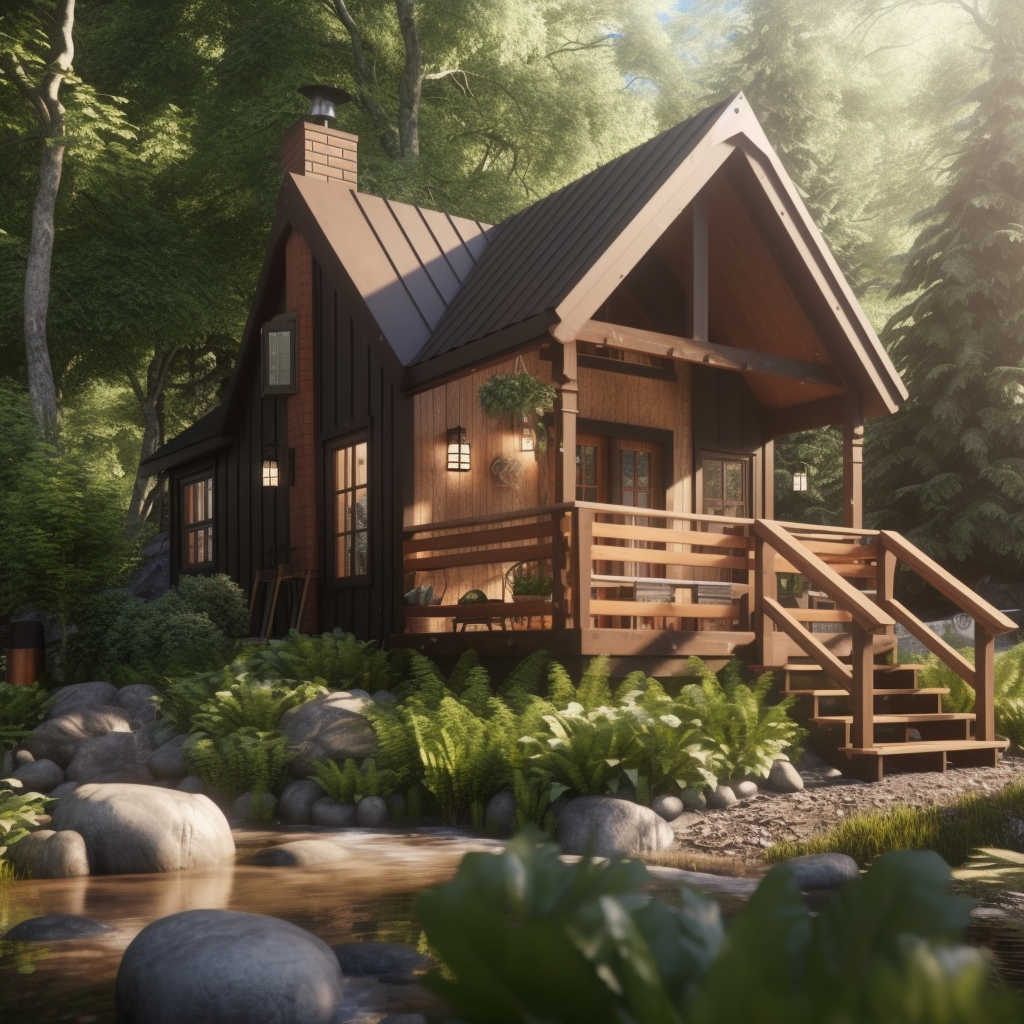
Living in a tiny home often comes with a sense of community. Share your experiences and knowledge with others who are interested in tiny cabin living. You can:
- Start a Blog: Document your journey, share tips, and connect with like-minded individuals.
- Social Media: Use platforms like Instagram and Facebook to share photos and stories.
- Tiny Cabin Gatherings: Attend or organize gatherings with fellow tiny home enthusiasts.
Conclusion
Creating your dream tiny house is an exciting endeavor that combines sustainability, simplicity, and a deep connection to nature. By carefully planning, designing, and building your tiny home, you can achieve a lifestyle that offers financial freedom, a smaller environmental footprint, and a greater sense of fulfillment.
FAQs
-
Can I build a tiny cabin even if I have no prior construction experience?
Yes, many people with little to no construction experience successfully build their tiny cabins. However, it’s essential to research, plan, and consider professional help when needed.
2. How much does it cost to build a tiny cabin?
The cost of building a tiny cabin can vary significantly based on factors like size, location, materials, and amenities. On average, it can range from $10,000 to $50,000 or more.
3. What are the essential utilities for a tiny cabin?
The essential utilities for a tiny house include electricity, water supply (either connected or harvested), and a sewage solution (composting toilet or septic system).
4. Is living in a tiny cabin suitable for families, or is it more for individuals or couples?
While tiny cabins are often associated with individuals or couples, they can be designed to accommodate families with careful planning and creative use of space.
5. Are there any legal considerations for building a tiny cabin on a piece of land?
Yes, there are legal considerations, including zoning regulations and building codes, that vary by location. It’s crucial to research and comply with local laws and regulations before starting your tiny cabin project.

